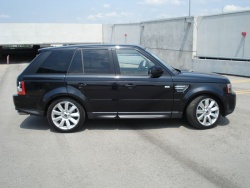 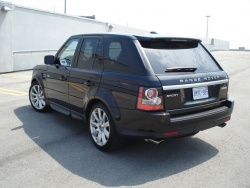 Land Rover Range Rover Sport, 2006–2012. Click image to enlarge |
Review by Justin Pritchard
Vehicle Type: Luxury SUV
History/Description: Smaller, shorter, cheaper and lighter than a typical Range Rover, the last-generation Range Rover Sport was introduced for 2006 and enjoyed a sales run until the end of 2012. A new model has replaced it for 2013. The goal of the Range Rover Sport? Competing more directly with mall-crawlers like the Porsche Cayenne and BMW X5 in the premium SUV marketplace. Though off-road capabilities were relatively high, the Range Rover Sport and its familiars would spend much of their time on paved surfaces and were sought after largely for prestige, a confident driving position and four-wheel-drive traction.
Premium and upscale features abounded. Look for wood trim, automatic climate control, navigation, Bluetooth, panoramic sunroof, push-button start and more. Premium leather surfaces and a high level of craftsmanship were demonstrated throughout the posh cabin.
Adaptive air suspension, a terrain mode selector and multi-mode 4×4 system with low range provided off-road capability, as well as added weight that contributed to dismal fuel economy ratings. If shopping the scene, be sure you’ll benefit from the power available from the Range Rover Sport’s engine lineup, as you’ll be paying for it every time you fill up.
Engines / Trim: Range Rover Sport offered V8 power all around – including a supercharged 4.2L Jaguar V8 with 390 hp or a naturally aspirated 4.4L unit with 300 hp in earlier models. Supercharged Range Rover Sport models carry a ‘Supercharged’ badge. From 2009 and on, the engine lineup was updated to include all-new choices that coincided with a model-line refresh, facelift and interior update. From 2009 and on, shoppers will find a 5.0L Jaguar V8 with 380 hp, or a supercharged variant thereof with 500. Automatic transmissions were fitted all around, with ‘Command Shift’ manual-mode functionality.
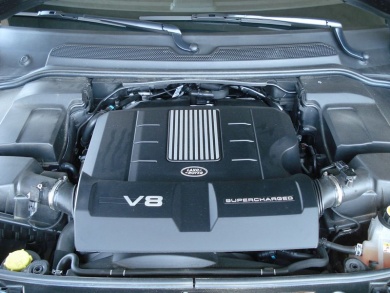 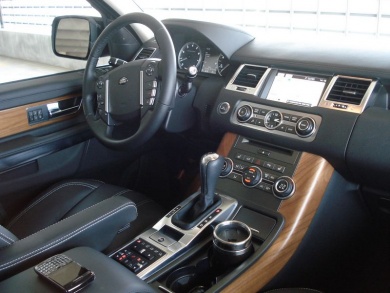 Land Rover Range Rover Sport, 2006–2012. Click image to enlarge |
What Owners Like: Luxury, go-anywhere capability, exclusivity and a great deal of ‘presence’ are noted by owners. Smooth performance and an ultra-posh cabin are also noted. All said, owners seem to have enjoyed a driving experience rich with luxury and capability. Sportiness, too –the Range Rover Sport’s air suspension and handling-oriented ride provided surprising levels of agility and stability. Drivers active in winter love the performance of the xenon lighting system and fully automatic operation of the four-wheel-drive system, too. Apparently, the noise and acceleration on supercharged models is not to be missed.
What Owners Dislike: As it goes with expensive premium models, most owners don’t report many ‘complaints’ of their Range Rovers – though almost all wish for better gas mileage. Some also report disappointment with rear-seat space, as well as wishing for a touch more cargo room.
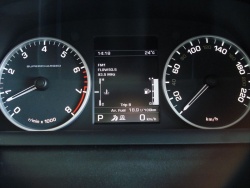 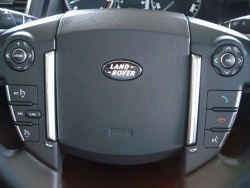 Land Rover Range Rover Sport, 2006–2012. Click image to enlarge |
Land Rover Range Rover Sport Owner Reviews (trader.ca)
Common Issues: The Range Rover Sport, like all new cars, is full of electronics stuff that can experience issues – so approach a used model looking for signs of trouble. Be sure all electrically operated accessories function as expected, and check for any warning lights or messages in the instrument cluster or driver computer. Pair your phone via Bluetooth. Try the remote key fobs. Program a navigation destination. Be sure the automatic lights and climate control work properly. Further, be sure to check for any warning lights or messages in the instrument cluster, which could appear for a variety of reasons. Does the model you’re considering have the rear-seat DVD player system? Check that out too.
Have the air suspension checked out by a Land Rover mechanic after you toggle it through its various settings to confirm it operates without any warning lights illuminating. This is an expensive-to-repair system that will eventually wear out and fail. Be sure it’s working properly to avoid frustrating repairs. Some owners say problems with the ‘valve block’ may cause the system to act up and fail. This is enough of an issue that RangeRovers.net forum members have assembled an entire thread related to air suspension issue diagnosis. Details here.
Be sure to toggle the 4×4 system between its various modes too, checking for signs of trouble along the way. Check the owner’s manual for proper shifting procedures, noting any unusual sounds or failure to shift into the selected mode. Don’t buy a used Range Rover Sport without confirming that it shifts, as expected, between its various 4×4 modes.











